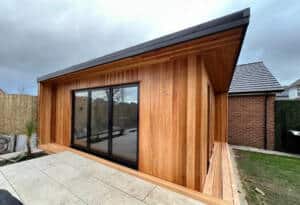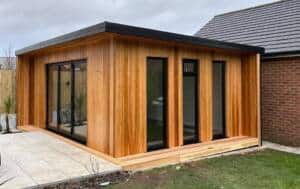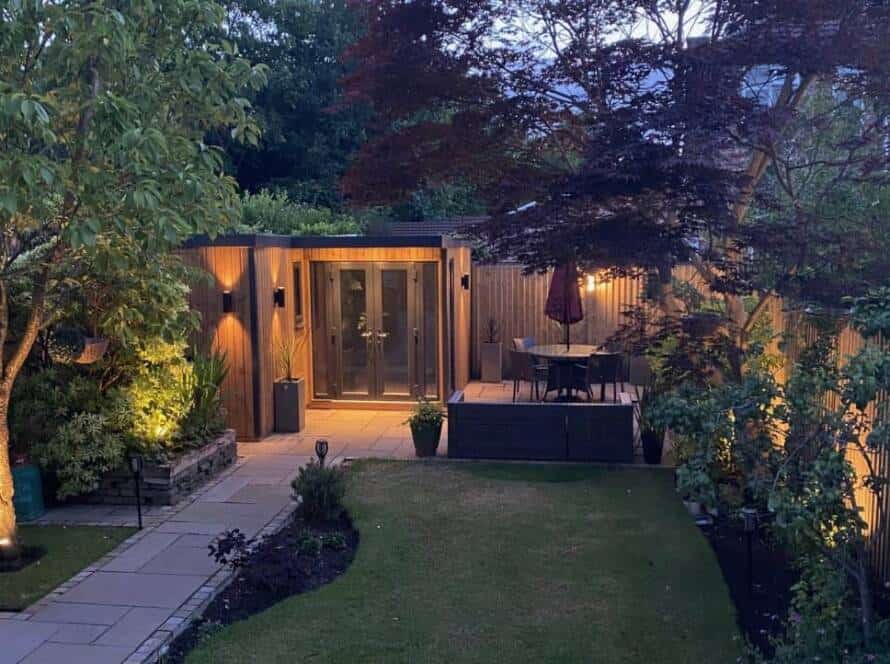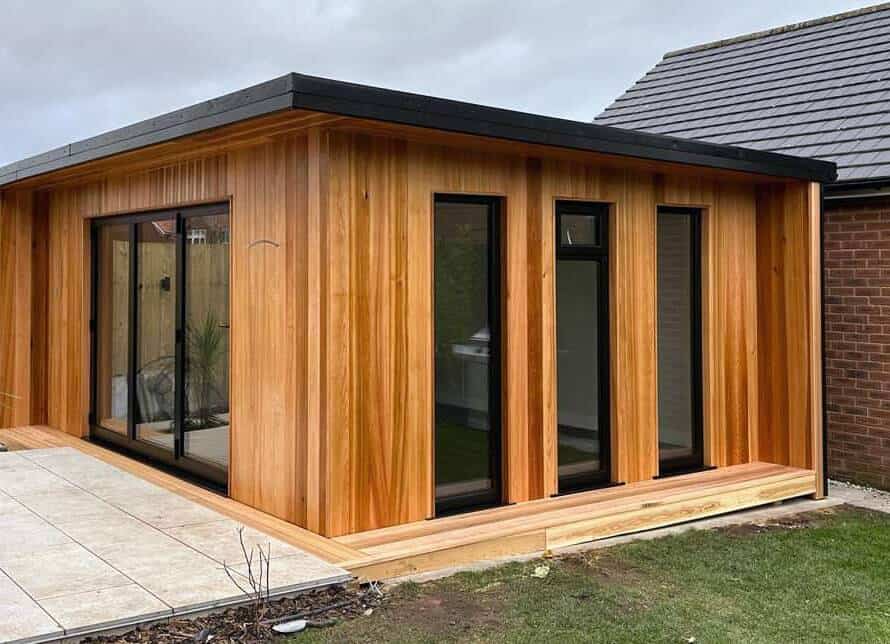Building in humid climates presents unique challenges, particularly when it comes to selecting the right materials. In tropical regions where high humidity levels and heavy rainfall are common, traditional timber construction methods offer numerous advantages. At TradTimber, we specialise in crafting high-quality timber structures that are well-suited to the demands of humid climates. In this blog, we’ll explore the benefits of timber construction in tropical settings and offer insights into building practices that ensure durability and longevity.
1. Natural Resilience to Moisture
Timber possesses inherent properties that make it well-suited to humid environments. Unlike steel or concrete, which can corrode or degrade in moist conditions, timber is naturally resistant to moisture damage. Certain species of wood, such as teak and cedar, are particularly renowned for their ability to withstand exposure to high humidity and rainfall. By choosing the right timber species, builders can create structures that are built to last in tropical climates.
2. Breathability and Ventilation
One of the key advantages of timber construction in humid climates is its ability to promote airflow and ventilation. Timber structures allow moisture to naturally dissipate, reducing the risk of mold and mildew growth. Additionally, timber walls and roofs can be designed with ample openings and eaves to encourage air circulation, helping to regulate indoor humidity levels and improve comfort for occupants.
3. Sustainable and Eco-Friendly
Timber is a renewable and environmentally friendly building material, making it an ideal choice for sustainable construction in tropical regions. Responsibly sourced timber from managed forests ensures minimal impact on local ecosystems, while timber construction techniques require less energy and produce fewer carbon emissions compared to conventional building methods. At TradTimber, we are committed to promoting eco-conscious building practices that prioritise the preservation of natural resources.
4. Adaptability to Climate Variability
Tropical climates are known for their seasonal variations in temperature and humidity. Timber structures offer flexibility and adaptability to these changing conditions. Timber expands and contracts in response to fluctuations in moisture levels, helping to prevent structural damage and maintain structural integrity over time. With proper design and maintenance, timber buildings can withstand the rigors of tropical weather patterns for decades to come.
5. Aesthetic Appeal and Timeless Beauty
In addition to its practical benefits, timber construction adds a touch of warmth and natural beauty to tropical landscapes. From rustic log cabins to elegant timber-framed homes, timber structures blend seamlessly with the surrounding environment, creating inviting and tranquil living spaces. At TradTimber, we take pride in crafting timber buildings that not only perform well in humid climates but also enhance the visual appeal of their surroundings.


Conclusion
Building in humid climates requires careful consideration of materials and construction techniques to ensure long-term durability and resilience. Timber construction offers numerous advantages in tropical settings, from its natural resistance to moisture to its eco-friendly properties and timeless aesthetic appeal. At TradTimber, we combine traditional craftsmanship with modern building practices to create timber structures that are well-suited to the demands of humid climates, providing homeowners and builders with sustainable and beautiful solutions for tropical living.



